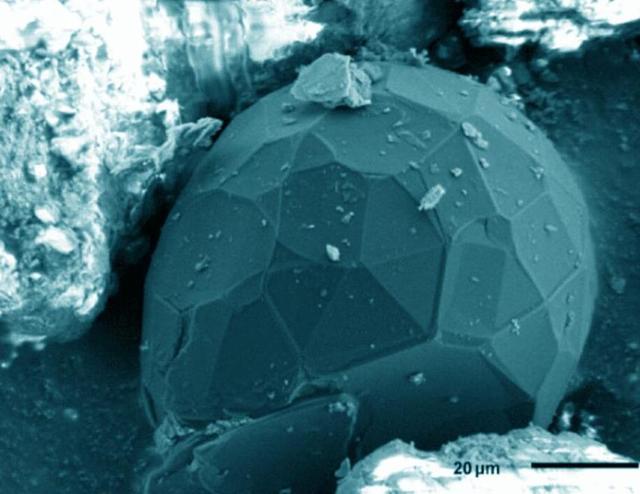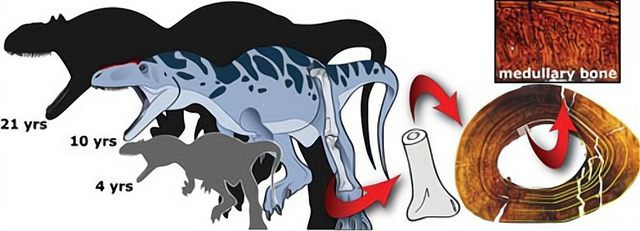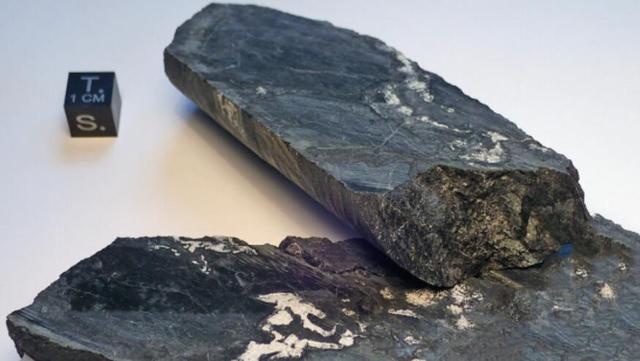Search Results for: solar system
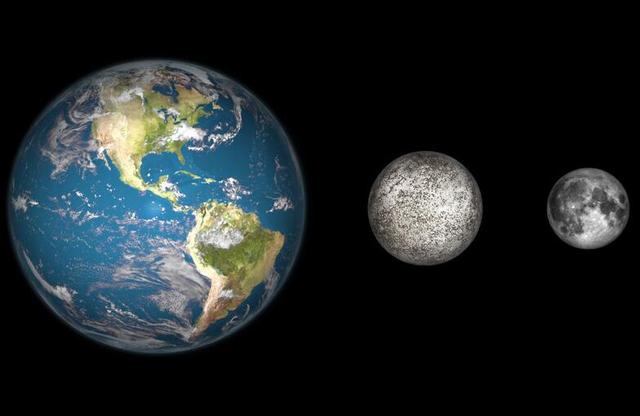
Mercury Has Set Seven Solar System Bests, Other Than Being The Closest To The Sun
Because Mercury does not have an atmosphere to play a role in insulation, so the temperature of the back side of Mercury can be as low as minus 172 degrees Celsius, and because of the proximity of the sun, the temperature of the sunny side of Mercury will soar to 432 degrees Celsius under the baking of the sun, so it can be seen that Mercury is simply a realistic version of the "world of ice and fire"
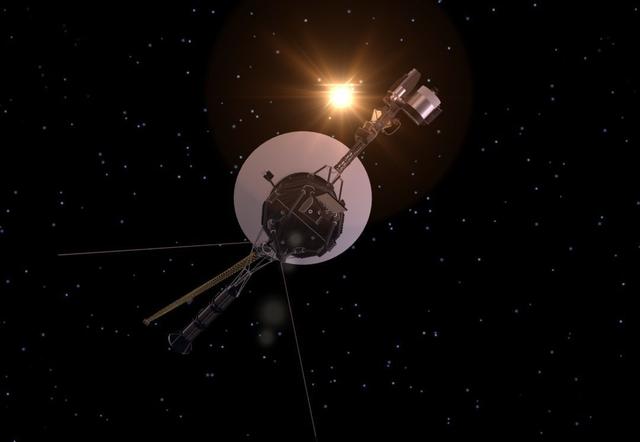
Having Flown 23 Billion Kilometers, This Photo Of Voyager 1 Is Thought-Provoking: Is Earth a "Zoo"?
At the time of the "family photo" of the solar system, the Voyager 1 probe has reached a distance of 6.4 billion kilometers from Earth, very distant, so in the view of the Voyager 1 probe, the solar system, the major celestial bodies are very small
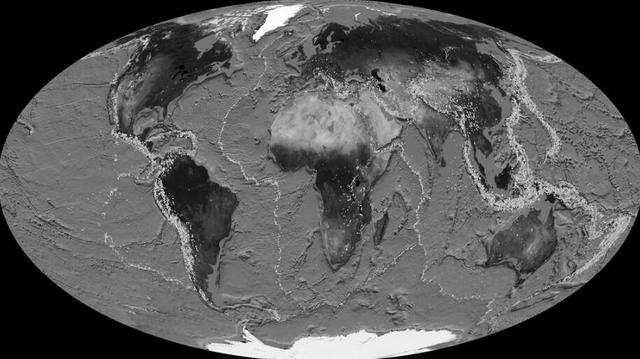
How High Does Mount Everest Rank In The Solar System? Where Is The Tallest Mountain In The Solar System?
The so-called gravitational equilibrium surface refers to the surface formed by the same point of gravity. On Earth, we call the gravitational equilibrium surface that coincides with the stationary ocean surface the "geodetic level", which is actually equivalent to what we often call sea level.
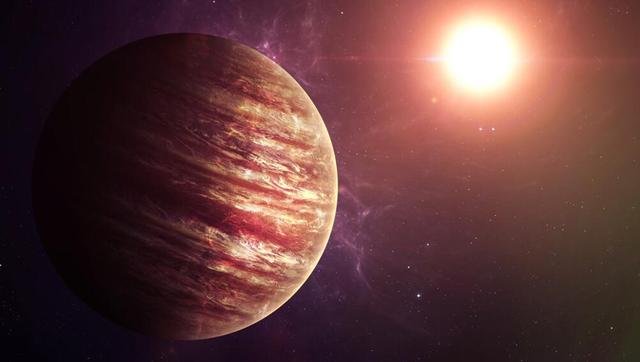
Will Jupiter, The 'King Of The Planets' In Our Solar System, Become a Star In The Future?
After the sun evolves into a red giant, the hydrogen in its core is almost completely fused into helium, so the nuclear fusion inside the sun stops, after which the sun loses its internal radiation pressure and continues to collapse, leading to a constant increase in temperature and pressure in its core, while the helium in the central region of the sun is gradually compressed into the condensed state.
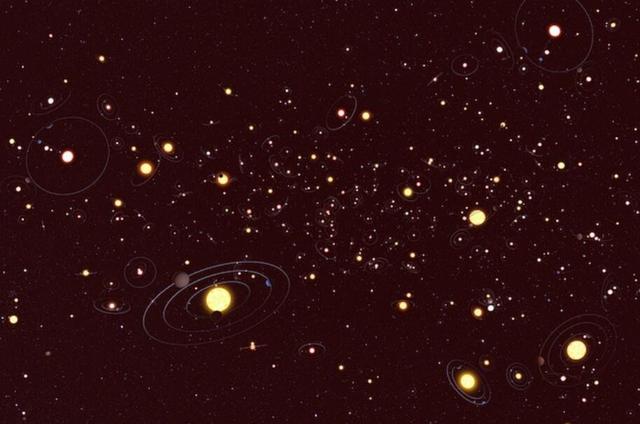
Where Is The Solar System Located In The Galaxy? Is It Unfortunate Or Fortunate For Mankind?
The solar system is located in a region with a stellar density of only 72 million parts per million of the highest stellar density region in the Milky Way, which is a remote and inhospitable part of the galaxy.
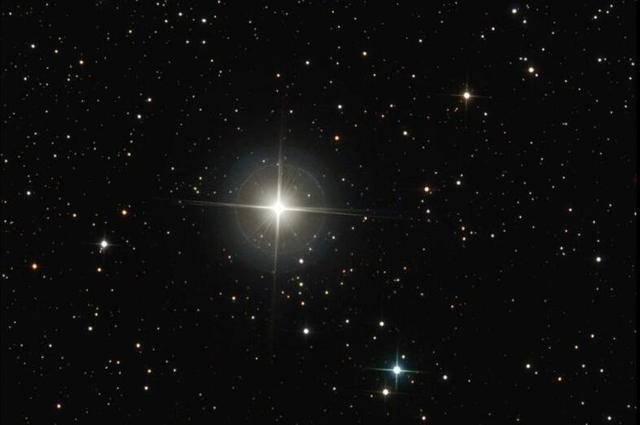
The Solar System Moves 7 Billion Kilometres a Year, But The North Star Is Always Due North - Why Is That?
In our universe, whether as large as a galaxy or as small as an electron, we are always in motion, and even when we think we are sitting motionless in our chairs, the earth is carrying us around the sun at a speed of about 30 kilometres per second, and the sun is also in motion, in fact it is carrying the entire solar system around the centre of the milky way, and at a speed of about 220 kilometres per second.

Will Humanity Be Trapped In The Solar System Forever? What Would Humanity Do Without Ftl And Wormholes?
The solar system is a system of celestial bodies kept in motion by the sun's gravity, which means that all bodies within the effective range of the sun's gravity are part of the solar system, so by this definition, how large is the solar system?
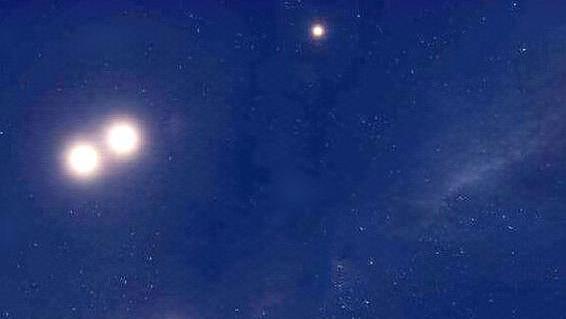
Is The Sun Suspended In The Universe? What Exists Above And Below The Solar System?
Below the solar system, there is a star system labeled "alpha Centauri".
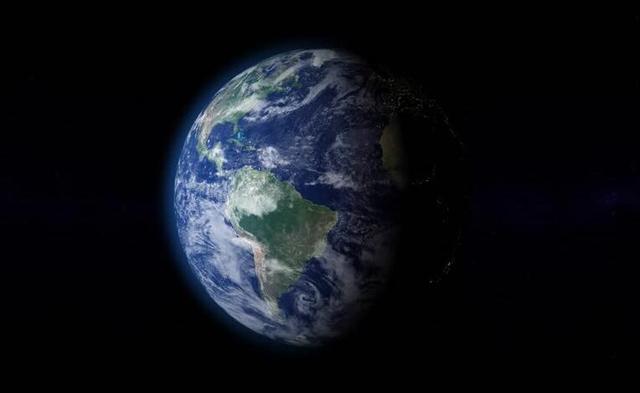
The Earth Has Been Spinning For 4.5 Billion Years - Where Does The Energy Come From? Scientists Finally Have The Answer
The earth has been spinning since its inception and has been doing so for 4.5 billion years now, so why has it not stopped yet?

On a More Macroscopic Level, Could The Solar System Be An Atom?
In the macroscopic world, the solar system is a system of celestial bodies centred on the sun, in which the vast majority of mass is concentrated and the major planets orbit the sun, while in the microscopic world, an atom is a microscopic system centred on the nucleus of an atom, in which the vast majority of mass is concentrated and electrons orbit the nucleus.

